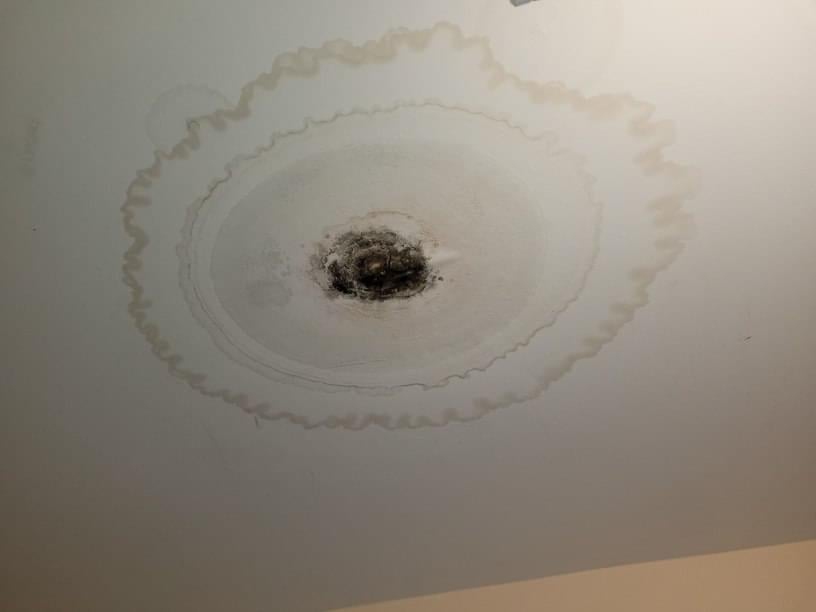Just about every person will have his or her own opinion when it comes to Detecting hidden plumbing leaks.

Early discovery of dripping water lines can mitigate a possible disaster. Some small water leaks might not be noticeable.
1. Analyze the Water Meter
Every home has a water meter. Checking it is a surefire manner in which helps you find leakages. For starters, shut off all the water sources. Make certain no one will flush, utilize the tap, shower, run the cleaning equipment or dishwasher. From there, go to the meter and watch if it will change. Because nobody is using it, there ought to be no motions. That shows a fast-moving leak if it relocates. If you find no modifications, wait an hour or two and also examine back again. This means you might have a slow-moving leak that might also be underground.
2. Examine Water Consumption
Examine your water costs and also track your water intake. As the one paying it, you ought to see if there are any kind of inconsistencies. If you identify sudden changes, in spite of your consumption being the same, it implies that you have leaks in your plumbing system. Remember, your water bill must fall under the very same variety each month. An abrupt spike in your bill shows a fast-moving leak.
Meanwhile, a consistent rise monthly, even with the same behaviors, reveals you have a sluggish leak that's also gradually escalating. Call a plumber to extensively examine your home, especially if you feel a cozy area on your floor with piping beneath.
3. Do a Food Coloring Test
When it comes to water usage, 30% comes from toilets. Test to see if they are running properly. Drop flecks of food color in the container and also wait 10 minutes. There's a leak in between the tank and dish if the shade somehow infiltrates your bowl throughout that time without flushing.
4. Asses Outside Lines
Don't fail to remember to inspect your exterior water lines too. Must water seep out of the link, you have a loosened rubber gasket. One little leak can waste heaps of water and surge your water costs.
5. Inspect as well as Examine the Situation
Homeowners need to make it a habit to check under the sink counters and even inside closets for any type of bad odor or mold growth. These two warnings show a leakage so prompt focus is needed. Doing regular examinations, even bi-annually, can conserve you from a significant problem.
Check for discolorations and also deteriorating as the majority of devices and pipelines have a life expectancy. If you believe dripping water lines in your plumbing system, do not wait for it to rise.
Early detection of dripping water lines can mitigate a potential calamity. Some tiny water leakages might not be visible. Examining it is a surefire means that assists you discover leakages. One small leak can squander bunches of water and also spike your water expense.
If you think dripping water lines in your plumbing system, do not wait for it to intensify.
WARNING SIGNS OF WATER LEAKAGE BEHIND THE WALL
PERSISTENT MUSTY ODORS
As water slowly drips from a leaky pipe inside the wall, flooring and sheetrock stay damp and develop an odor similar to wet cardboard. It generates a musty smell that can help you find hidden leaks.
MOLD IN UNUSUAL AREAS
Mold usually grows in wet areas like kitchens, baths and laundry rooms. If you spot the stuff on walls or baseboards in other rooms of the house, it’s a good indicator of undetected water leaks.
STAINS THAT GROW
When mold thrives around a leaky pipe, it sometimes takes hold on the inside surface of the affected wall. A growing stain on otherwise clean sheetrock is often your sign of a hidden plumbing problem.
PEELING OR BUBBLING WALLPAPER / PAINT
This clue is easy to miss in rooms that don’t get much use. When you see wallpaper separating along seams or paint bubbling or flaking off the wall, blame sheetrock that stays wet because of an undetected leak.
BUCKLED CEILINGS AND STAINED FLOORS
If ceilings or floors in bathrooms, kitchens or laundry areas develop structural problems, don’t rule out constant damp inside the walls. Wet sheetrock can affect adjacent framing, flooring and ceilings.
https://www.servicemasterbyzaba.com/blog/how-to-detect-water-leakage-in-walls/

As an enthusiastic reader about Detecting hidden plumbing leaks, I think sharing that chunk was really useful. Please take the opportunity to promote this blog post if you appreciated it. Thank you so much for your time invested reading it.